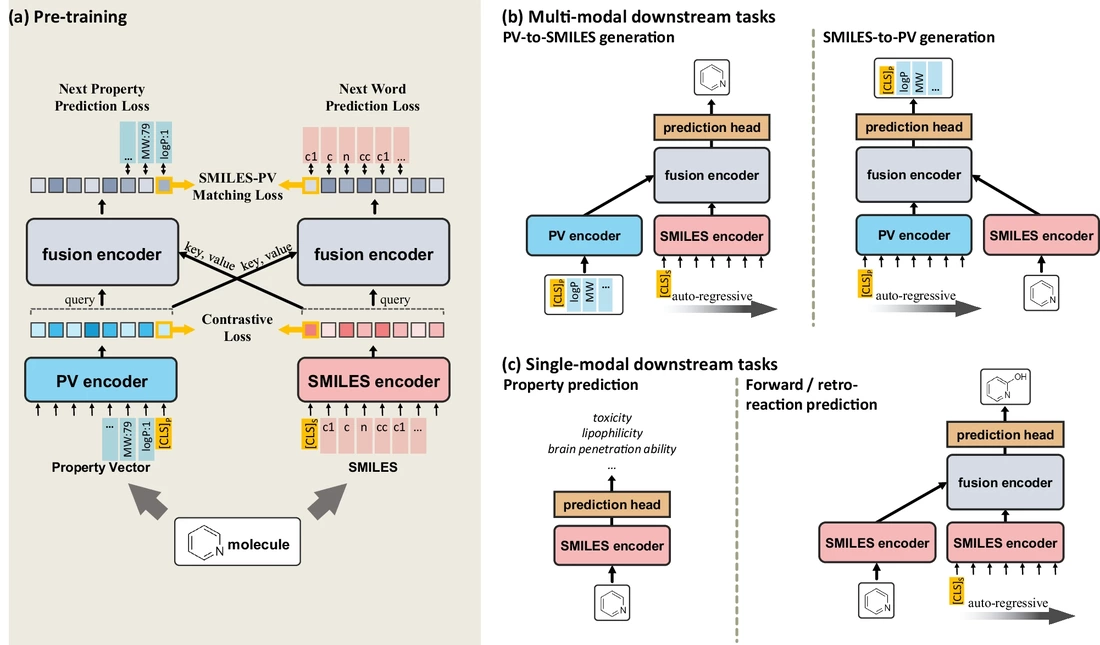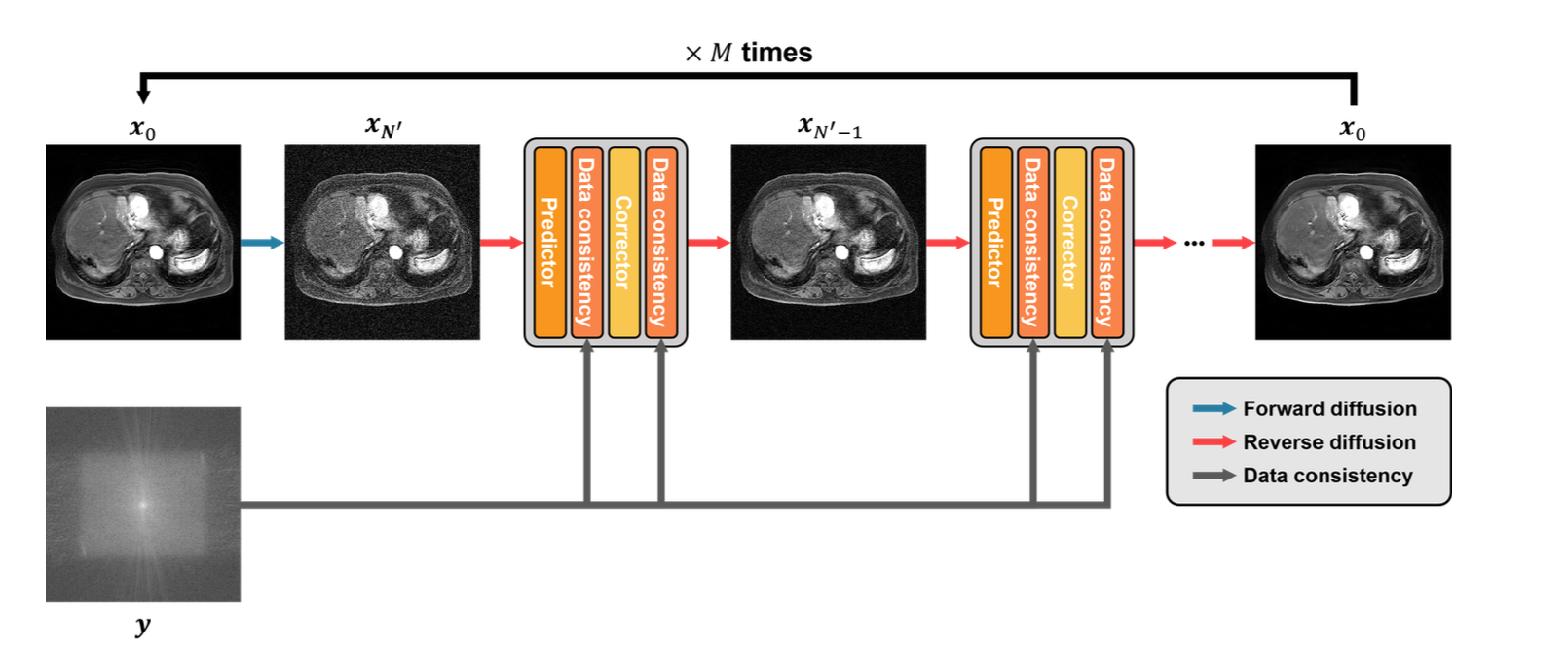Congratulations! The following paper appears on Nature Communication!
- Jinho Chang and Jong Chul Ye,"Bidirectional Generation of Structure and Properties Through a Single Molecular Foundation Model",Nat Commun 15, 2323 (2024).


